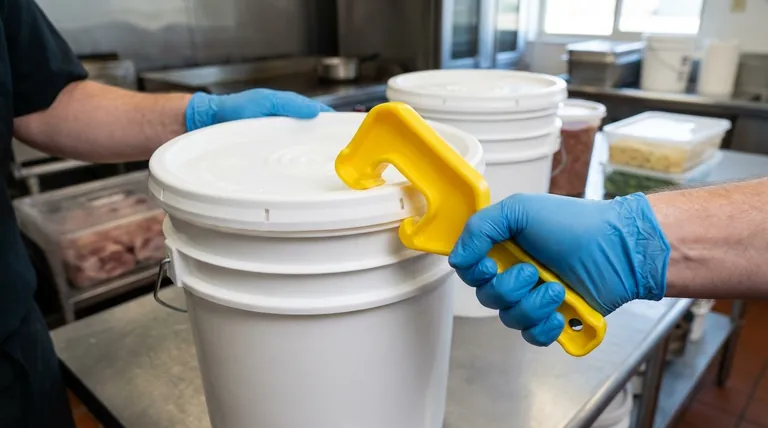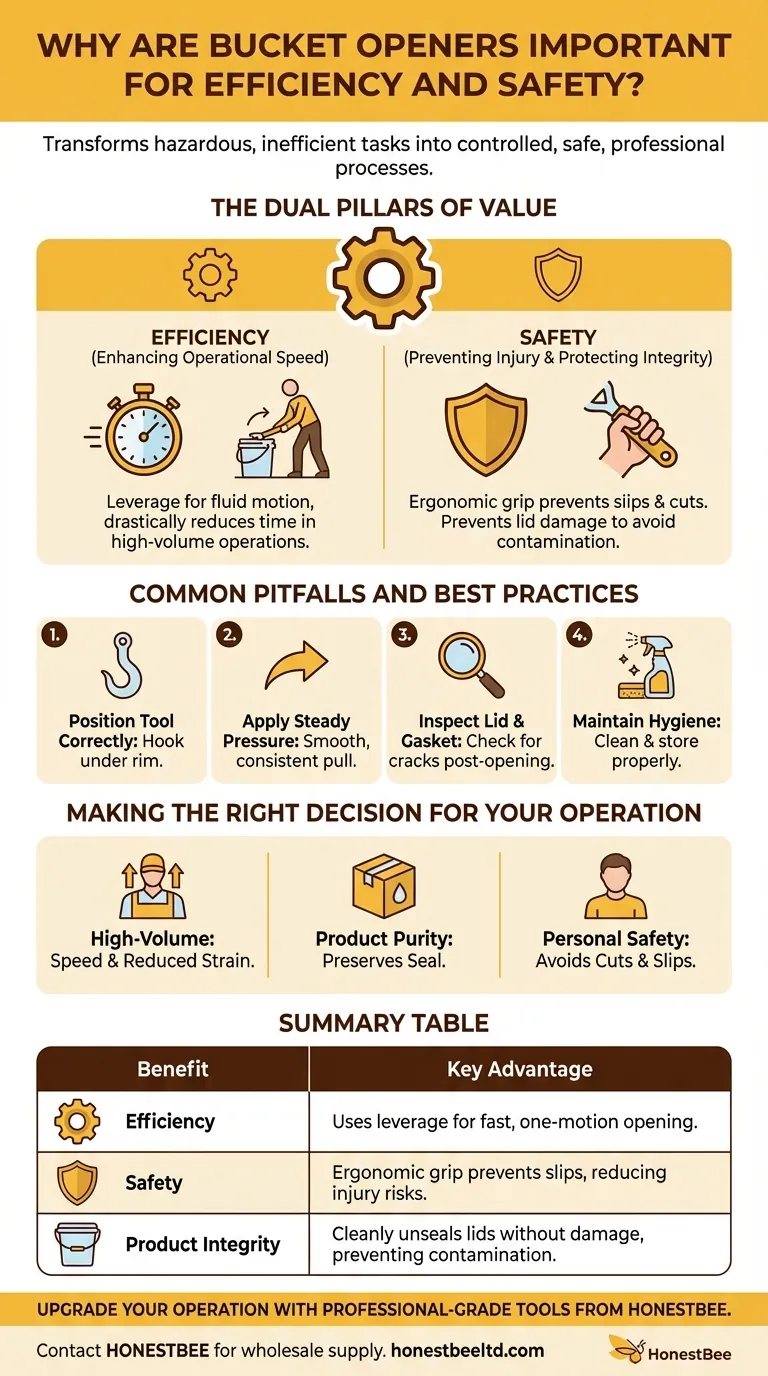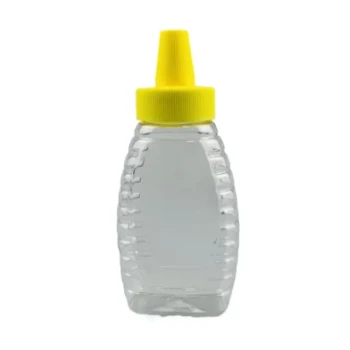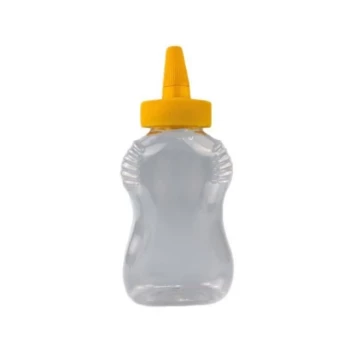At its core, a bucket opener is a specialized tool designed for a single purpose. It significantly improves the efficiency and safety of removing tightly sealed, snap-on plastic lids from pails and buckets, mitigating risks that are often overlooked in both professional and home settings.
The true importance of a bucket opener lies not just in making a task easier, but in transforming a potentially hazardous, inefficient, and wasteful action into a controlled, safe, and professional process.

The Dual Pillars of Value: Efficiency and Safety
While seemingly simple, the act of opening a sealed bucket presents distinct challenges that a dedicated opener is engineered to solve. These benefits fall into two main categories.
Enhancing Operational Speed
In any environment where buckets are opened frequently, time is a critical factor. Using improvised tools like screwdrivers or pliers is slow and cumbersome.
A bucket opener uses leverage to unseal the lid in a single, fluid motion. This drastically reduces the time and effort required per bucket, a crucial advantage in high-volume operations like commercial kitchens or manufacturing lines.
Preventing Personal Injury
The most immediate risk of opening buckets improperly is personal injury. Prying with sharp or unsuitable tools often leads to slips.
A bucket opener provides a safe, ergonomic grip that directs force precisely where it's needed. This minimizes the chance of the tool slipping and causing cuts, scrapes, or other hand injuries, while also reducing repetitive strain.
Protecting Product Integrity
For many industries, what's inside the bucket is far more valuable than the container itself. A damaged lid can have serious consequences.
Using the wrong tool can easily crack or warp a lid, compromising the seal. In foodservice, brewing, or chemical applications, this can allow contaminants like dust and bacteria to enter, spoiling the product. A bucket opener lifts the lid cleanly, preserving its ability to create a secure seal upon closing.
Common Pitfalls and Best Practices
Simply owning the tool isn't enough; proper technique is essential to reap its full benefits and avoid creating new problems.
Position the Tool Correctly
The opener's hook must be placed securely under the lid's outer rim. This ensures that upward pressure is applied evenly across the seal without stressing a single point.
Apply Steady, Even Pressure
Avoid sudden, jerky motions. A smooth, consistent pull or push will unseal the lid with minimal effort and without risk of the tool slipping or damaging the lid.
Inspect the Lid and Gasket Post-Opening
After removing the lid, briefly check it and its rubber gasket (if present) for any cracks or damage. This is critical if you plan to reseal the bucket to protect the remaining contents.
Maintain Proper Hygiene
In any food-contact or sterile environment, the tool must be cleaned and stored properly. This prevents cross-contamination between different products.
Making the Right Decision for Your Operation
Choosing to use a dedicated bucket opener is an investment in a safer, more professional workflow.
- If your primary focus is high-volume work (e.g., commercial kitchen, paint store): The tool's value comes from a dramatic increase in speed and a reduction in repetitive strain for staff.
- If your primary focus is product purity (e.g., brewing, food production): The main benefit is preserving the integrity of the lid's seal to prevent costly contamination.
- If your primary focus is personal safety (e.g., DIY projects, workshop use): The tool is a simple, inexpensive way to avoid painful cuts and slips that often result from using improper tools.
Ultimately, using the right tool for the job is the foundation of any efficient and safe operation.
Summary Table:
| Benefit | Key Advantage |
|---|---|
| Efficiency | Uses leverage for fast, one-motion opening, saving time in high-volume operations. |
| Safety | Ergonomic grip prevents slips, reducing the risk of cuts and repetitive strain injuries. |
| Product Integrity | Cleanly unseals lids without damage, preventing contamination in food, brewing, or chemical use. |
Upgrade your operation with professional-grade tools from HONESTBEE.
For commercial apiaries and beekeeping equipment distributors, maintaining product purity and staff safety is paramount. Our wholesale-focused operations supply durable, easy-to-clean bucket openers that protect your valuable contents—from honey and supplements to cleaning chemicals—while ensuring a fast, safe workflow for your team.
Contact HONESTBEE today to discuss your wholesale supply needs and enhance your operational efficiency.
Visual Guide

Related Products
- 5 Gallon Pail Opener Bucket Opener Tool for Honey Bucket
- Food Grade Plastic Honey Bucket Pail for Beekeeping
- Semi Automatic Round Bottle Labeling Machine
- Classic Beehive Honey Bottle Jar with Squeeze Dispenser Lid
- 8-Frame Electric Self-Reversing Honey Extractor Spinner for Commercial Honey Extraction Equipment
People Also Ask
- How do bees produce honey? The Ingenious Process of Natural Food Preservation
- How does a bucket opener contribute to food safety and product quality? Ensure a Clean, Contaminant-Free Seal Break
- What are some common uses for bucket openers? Essential for Safety & Efficiency in Commercial Operations
- What is a bucket opener and what is its primary function? Open Pails Safely & Preserve Seals
- What are the best practices for using a bucket opener? Open Buckets Safely & Efficiently



















